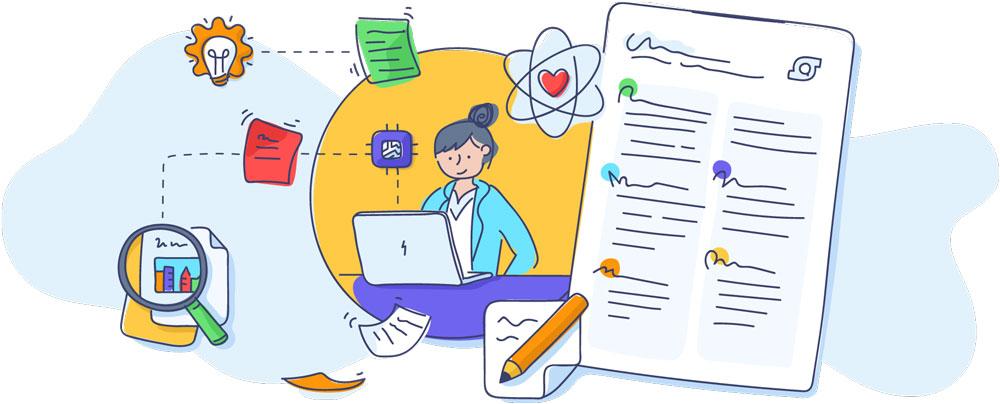David Ogden, engagement director at Socitm, explores why harnessing data is one of 2025's top digital trends, how it can transform local services, and what public sector teams need to do now to use it effectively and responsibly
Harnessing our data is essential for improving and transforming place-based local public services.
Despite all this potential, widespread effective data use has yet to be realised.
Many of our public sector organisations struggle with data quality, skills, and governance.
In Socitm’s 2025 Public Sector Digital Trends report, ‘harnessing data’ is one of the key trends the Institute team highlighted out of their research.
I’m going to try and pick out the key points about data from the overall report. When you have time, do dive into the details.
This should give you a head start.
What could we be using our data to do? There are four main ways we can use data to enhance public service delivery: identifying societal problems and their causes; targeting resources and designing preventative measures; improving internal productivity and efficiency; and deploying emerging technologies like AI.
These are all big areas of opportunity. Tackling all of them is desirable and it’s tempting to want to start doing something straightaway. But, inevitably, we need to pause and look at ourselves and our data first.
In this year’s Digital Trends, Socitm argues the ability to use data as a resource is considered an essential skill for public sector organisations to function effectively and meet residents’ needs.
So, where is the best place to start?
Organisations and people that are unfamiliar with, or unsure about, harnessing data should think about the following. Above all and as a first step, be clear about the outcomes and applications sought by harnessing of data. Develop access to data skills and senior level responsibility for data across the whole organisation. Data assets of the organisation need to be understood – quality, appropriateness, value and cost. Focus on data quality and consistency in standards and use across application areas.
With all that in mind let’s look at ourselves first. What do our teams need? They need literacy – the ability to explore, understand, and communicate with data meaningfully – and skills – technical knowledge and capability to deliver data projects.
Harnessing data requires a variety of skills, including information governance, data visualisation, data science and data architecture, among others.
Next, let’s look at the data.
What do we need our data and the systems around it to be?
It needs to be quality – high-quality data is fit for purpose, assessed through completeness, uniqueness, consistency, timeliness, validity, and accuracy. We need to have standards – consistent methods for capturing and storing data enhance sharing and integration.
There needs to be governance – clear roles, responsibilities, policies, and structures ensure effective data management. Sharing is important – secure data access for multiple entities while maintaining integrity. We need privacy, protection, and security – managing data handling and storage, especially with AI, requires greater scrutiny. Finally, we need ethics – ethical obligations in collecting, sharing, and using data are vital, especially in public services.
That’s a lot of good stuff to bear in mind. There have to be some risks.
Risks with data and suggestions of how to handle them
Quality
Errors in data and analysis can lead to significant liabilities. AI can intensify these errors because it relies on high quality input data.
Solutions include: good design, architecture, and collection methods, prioritising quality assurance, and automating workflows.
Standards
Unconnected technology solutions often can’t share data.
Solutions include: adopting open standards and APIs can streamline processes and reduce errors.
Governance
A lack of governance in leadership, policies and strategies for data usage can cause problems, which will only grow as AI usage increases.
Solutions include: defining clear roles, policies, and structures, ensuring that everyone knows about them and sticks to them.
Privacy and security
AI amplifies existing risks, such as data leaks and loss, misuse and mishandling, theft and breaches.
Solutions include: consulting frameworks such as the NCSC’s Cyber Assessment Framework to improve your resilience.
On a smaller scale, organisations should pay attention to data sensitivity, classification and retention management with new technologies. By prioritising tagging and labelling data based on sensitivity to ensure privacy compliance and prevent unauthorised access.
Ethics
Data sourcing, repurposing data beyond its original intention, insufficient security measures for storage, methods of anonymisation and the preparation of data for use can cause problems in relation to ethics.
Solutions include: transparency in data collection and usage is crucial to build trust.
Literacy and skills
Misinterpretation of data caused by lack of skills and poor data quality is something else to be aware of.
Solutions include: continuous training and upskilling are essential to bridge the digital divide.
What can be done by using data?
The following is an indication of the emerging themes observed across the sector.
Place-based insights: using diverse data sources to understand the social, economic and environmental challenges facing communities and places.
Data-driven interventions: evidence-based results for targeted outcomes.
Data analytics and machine learning can generate results that are evidence-based and serve residents with more targeted outcomes.
Data quality and integration: linking data across departments for better integration.
Community engagement: improving relationships with residents by transparently communicating how their personal data is handled.
Proactive interventions: utilising data dashboards and platforms to identify and address issues proactively, such as housing and mental health, enabling early support and preventative interventions.
Emergency response: identifying vulnerable households during crises.
Cross-department collaboration: enhancing service delivery through data sharing.
Who’s using data and how?
Here are a few case studies as examples.
Brent Council’s Social Progress Index
Insights on key social indicators helps inform decisions, prioritise resources and empower communities. The SPI aims to enhance well-being and set a new standard for data use in local governance.
Launched in 2021, the charter aimed to build trust and ensure responsible data use. In 2023 it was updated to improve communication about data practices (particularly around AI). This project enhanced trust, transparency and understanding of data use among all residents.
Rapid identification of vulnerable households in Westmorland and Furness
VIPER replaces manual, paper-driven processes with a digital solution, allowing multi-agency access to critical information. This approach improves emergency response, enhances collaboration and reduces risks for vulnerable populations.
Supporting students’ mental health at Northumbria University
Data analytics and a dashboard helps identify those at risk of mental health issues.
This initiative provides early support by analysing data related to behaviour and engagement, enhancing understanding of factors affecting well-being and academic performance.
There are more case studies in the whole report.
Time for artificial intelligence
Can AI help? Absolutely it can help. It’s great for supporting in data collection, analysis, quality improvement, privacy, and reporting. A great place to start for the latest research, resources and reports is AI@Socitm.
What to think about
Data’s importance will only continue to grow.
It’s vital for all of us to prioritise improving our data skills, to invest in our organisation’s data capabilities, and to guard against risks by ensuring responsible, secure, and ethical data use.





